#Polymita picta
Explore tagged Tumblr posts
Text
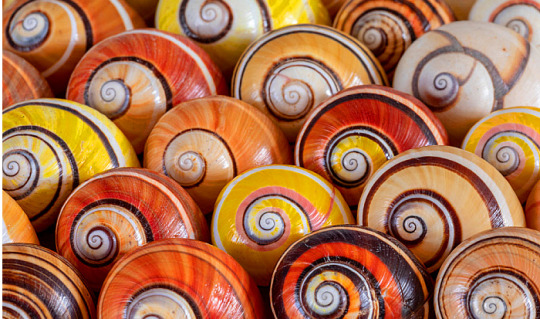
Collection of Cuban tree snail (Polymita picta) empty shells
Photo by Bruno D'Amicis
#Polymita picta#polymita#cuban tree snail#tree snail#snail#snail shells#orange#colorful snails#colorful shells#shells#yellow#brown#red#nature#animals
24 notes
·
View notes
Photo


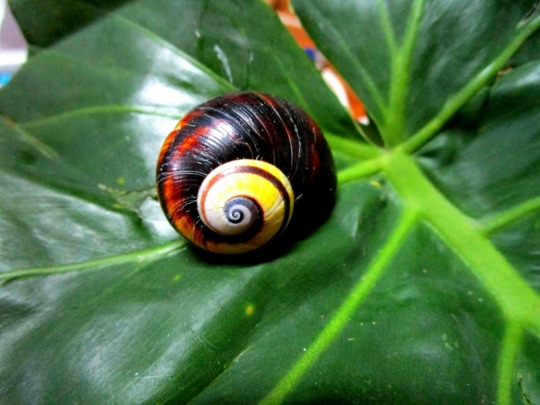

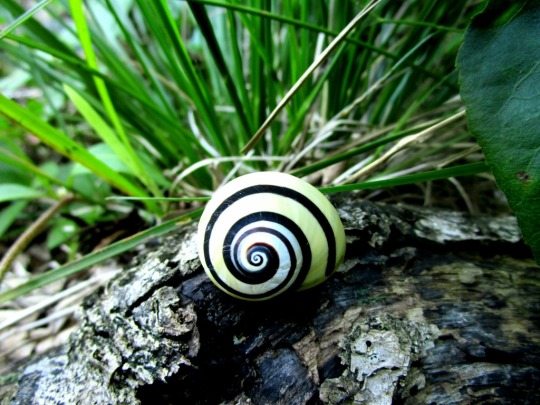
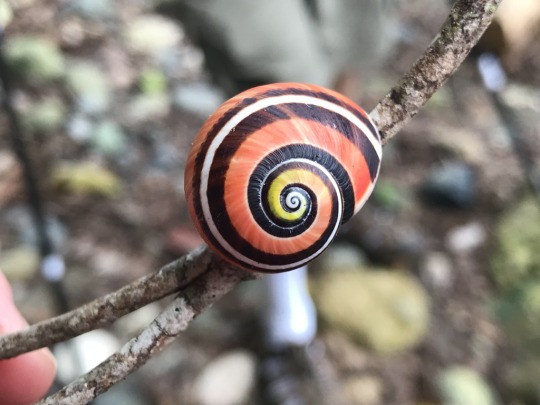

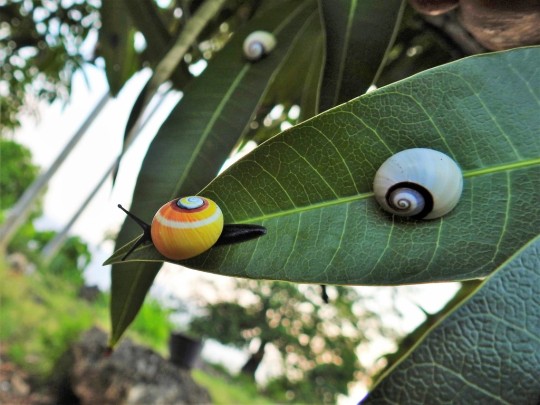
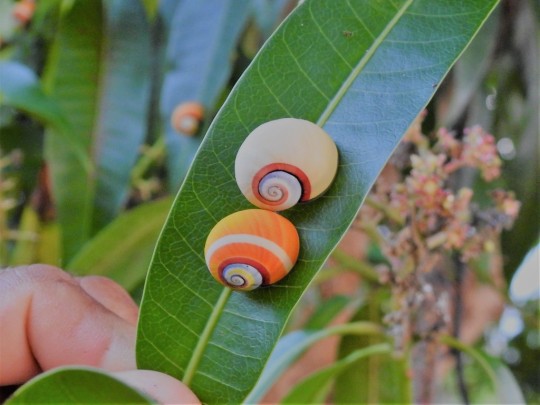
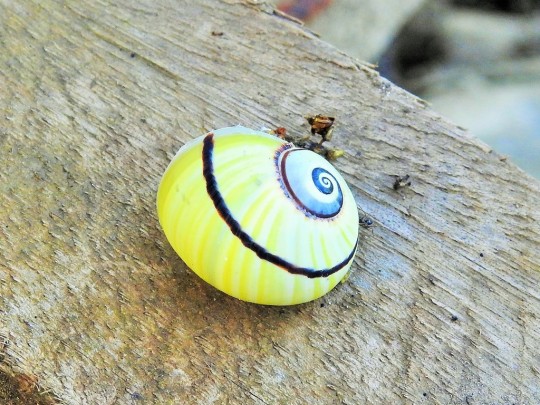
Cuban painted snail, Polymita picta, Cepolide
Found only in eastern Cuba, this arboreal species shows remarkable diversity in shell color between individuals. Unfortunately due to poaching to make jewelry and collectibles from their shells, they are now endangered.
Photo 1-5 by mig_ernesto, 6 by rappman, 7 by manfrax, and 8-10 by amantedarmanin
#animals#curators on tumblr#bugs#gastropods#mollusks#snail#tree snail#painted snail#cuban painted snail#Polymita#one nice bug
5K notes
·
View notes
Text
Several of these seem to be Polymita picta !
((@_
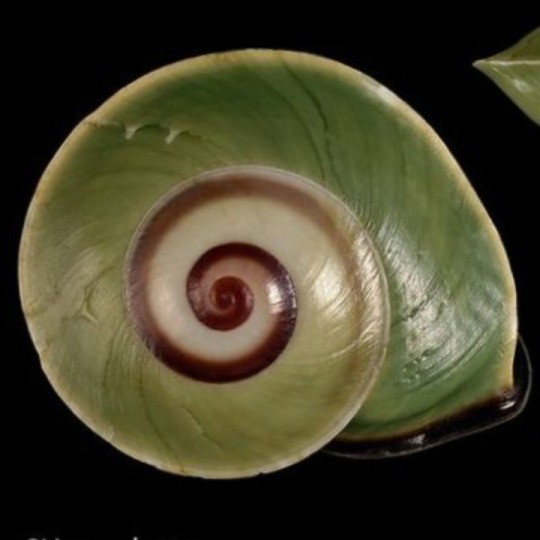
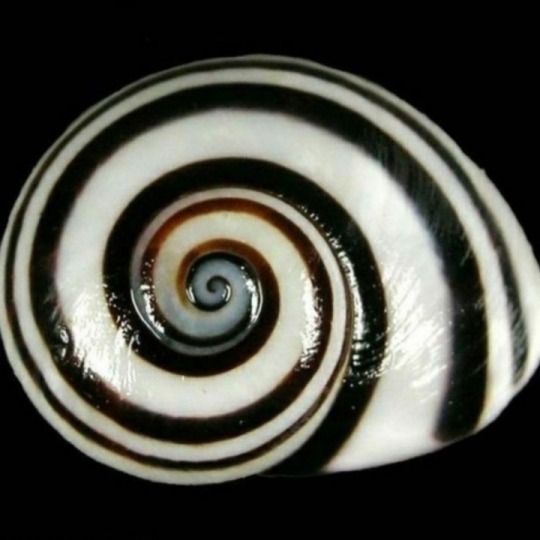
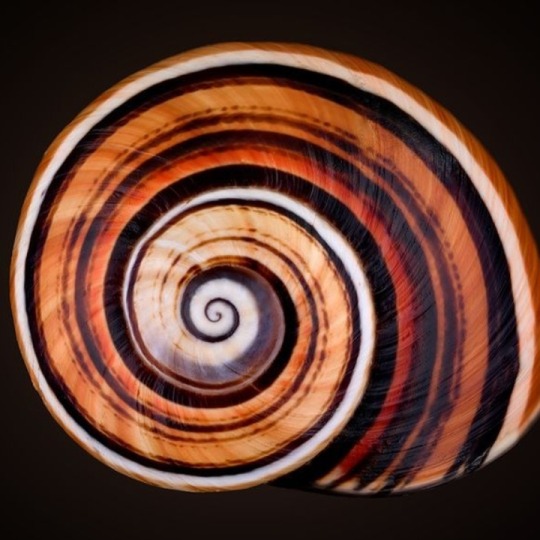
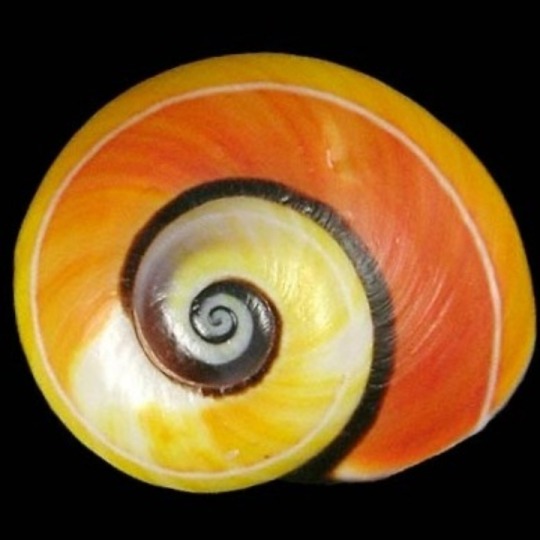
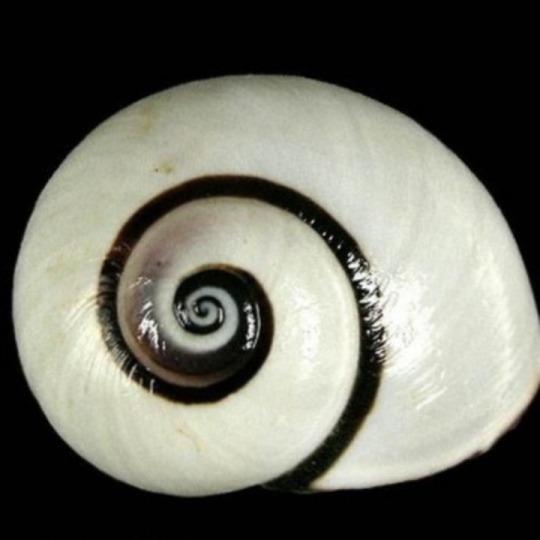
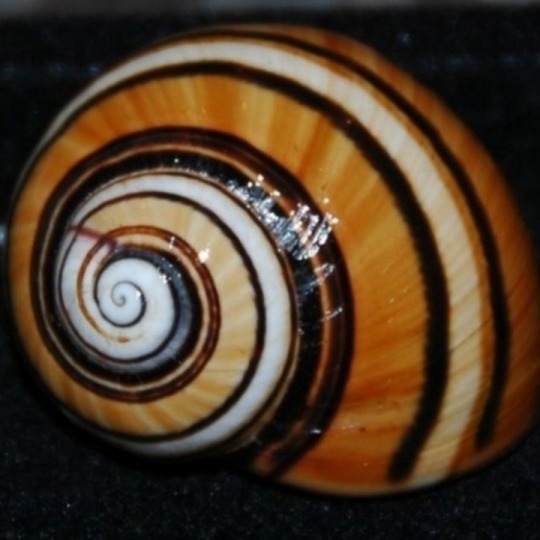
๑ï Snail Shell Specimens : : Photos via : : Pinterest & Flickr
8K notes
·
View notes
Text
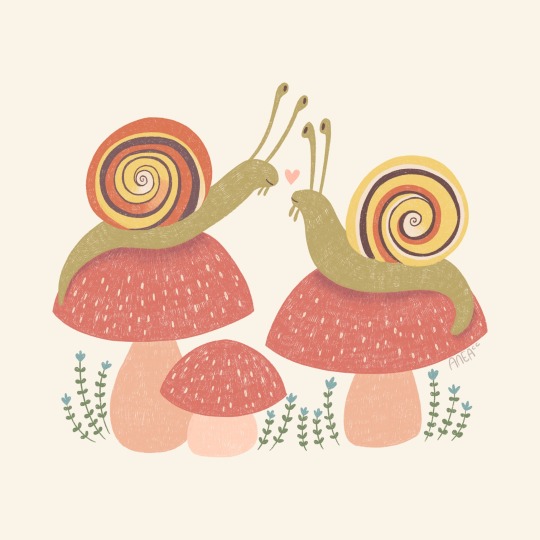
Day 7. Snail. 🐌❤️
Yay! I’m up to date!
#snail#snails#cuban land snail#mushroom#mushrooms#polymita picta#goblincore#aneacc#digital illustration#my art#illustration#illustrations#artists on tumblr#procreate#cute#october drawing challenge#shrilltober#schrilltober21#drawing challenge#love
467 notes
·
View notes
Video
polymita picta by Claude & Amandine EVANNO Via Flickr: Helmintoglyptidae Polymita Polymita picta (Born, 1778) Cuba ©Adrián González Guillén www.tumblr.com/search/adri%C3%A1n%20gonz%C3%A1lez%20guill... ©PetSnails Forum
#Helmintoglyptidae#Polymita#Polymita picta#Cuba#gasteropodes#gastropods#escargots#terrestres#collection#Schnecken#Mollusca#Mollusks#Molluscs#Gastropoda#Shells#Landshells#Landschnecken#Landmollusken#Snails#Landsnails
26 notes
·
View notes
Photo
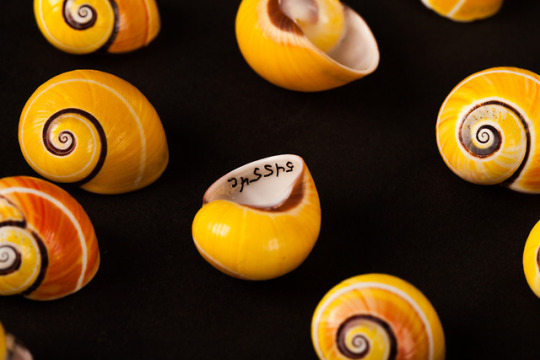
Cuban land snail / CAS-IZ 039151
Scientific name: Polymita picta nigrolimbata Locality: Cuba: Oriente; Mandinga Department: Invertebrate Zoology & Geology, image © California Academy of Sciences
#invertebrates#gastropod#mollusk#land snail#snail#cuba#polymita picta#painted snail#cuban land snail#torre
42 notes
·
View notes
Photo
via Gridllr.com — gridlify your Likes!
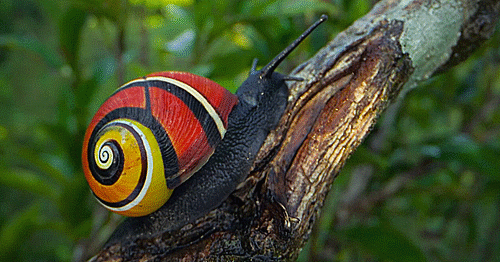
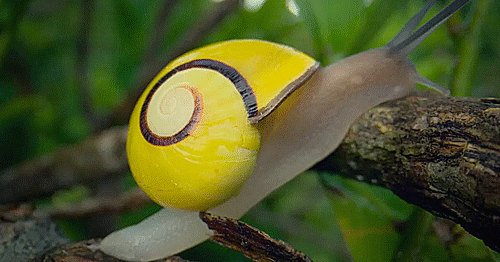
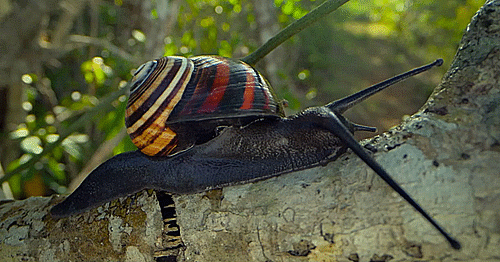
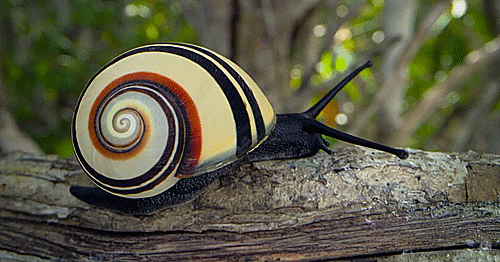
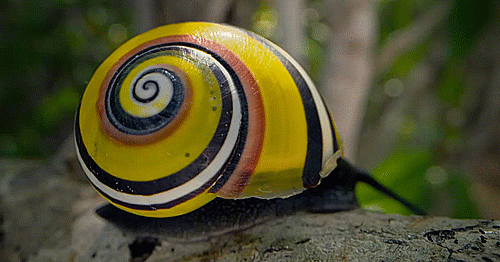

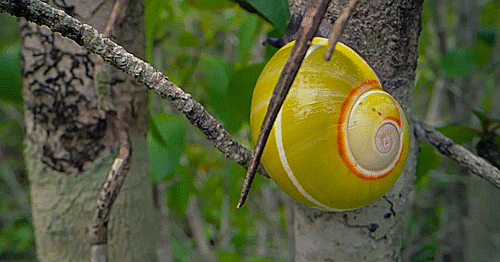

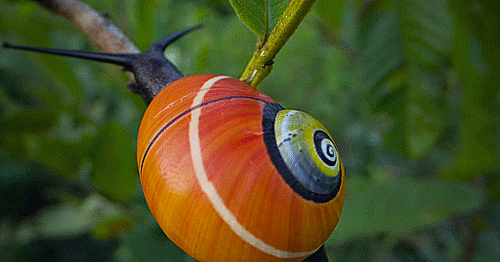
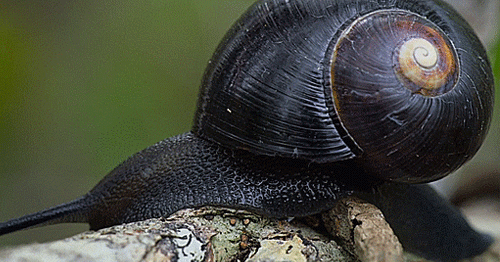
Cuban Painted Snails (Polymita Picta)
“Their colours come from their diet, lichen and mosses rich in minerals that give the shells these stunning colours. They differ according to the particular mix of plants that each snail has been eating.” - David Attenborough
Attenborough‘s Life In Colour
61K notes
·
View notes
Text
Yılın Yumuşakçası
Yılın Yumuşakçası Bu salyangoz rengarenk kabuğu ile 2022 yılı yumuşakçası seçilildi. Bilimsel ismi Polymita picta olan salyangoz yalnız doğu Küba bölgelerinde yaşıyor. 2-3 santimetre boya ulaşan salyangoz yapraklardaki yosunlar ile besleniyor. Hem erkek hem dişi organına sahip olmasına karşın kendini dölleyemiyor. Yasa dışı avlanma ve yaşam alanlarının tahribinden dolayı bu şirin salyangozların…

View On WordPress
#2022#2022 yılı#2022 yılı yumşakcası#2022 yılı yumuşakçası#2022 yumuşakçası#Dünya’nın En Küçük Salyangozu#picta#Polymita#Polymita picta#SALYANGOZ#yılı yumşakcası#YUMŞAKÇA#yumuşakça#yumuşakçası
0 notes
Photo
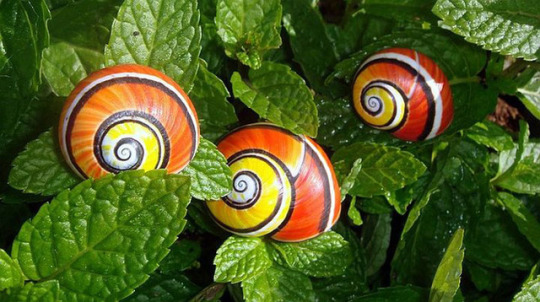
These remarkable shells look as if someone painted them, right? But they are natural. They belong to Cuban land snails (Polymita picta).
#Animals#snails#cuban wildlife#cuban snails#cuban land snails#polymita#polymita picta#natural art#living art#living sculpture#arty animals#amazing mollusks#weird and wonderful#bizarre and beautiful#animal fact
2K notes
·
View notes
Note
What's your opinion on furries? And as a Jewish person, if someone were to make a jewish furry character, what animals would you recommend?
I'm a furry lol my fursona's a snail (specifically inspired by polymita picta)
tbh if you're not Jewish I'd be careful esp if there's also humans in your world, there's a lot of dehumanization that's tied up in antisemitism. I'd recommend avoiding animals that aren't kosher if you're not jewish just to be safe, but the animals I'd say to steer clear of the most are anything with horns, owls, pigs, and any kind of reptile (but especially snakes and lizards) along with insects, squids/octopi, mice/rats, and probably dogs. It might seem like a long list but there's an even longer list of antisemitic tropes used to dehumanize Jews
29 notes
·
View notes
Note
PLS TOP 5 MOLLUSCS
I will admit, I have a slight bias towards gastropods in general because they're adorable, but I tried to get a mix of mollusks for this.
1) Nembrotha cristata
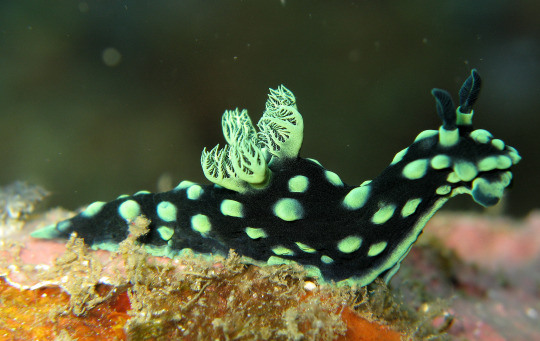
2) Colossal Squid (Mesonychoteuthis hamiltoni)

^Image is actually a giant squid but you get the idea.
3) Nautilus (Nautilus pompilius)
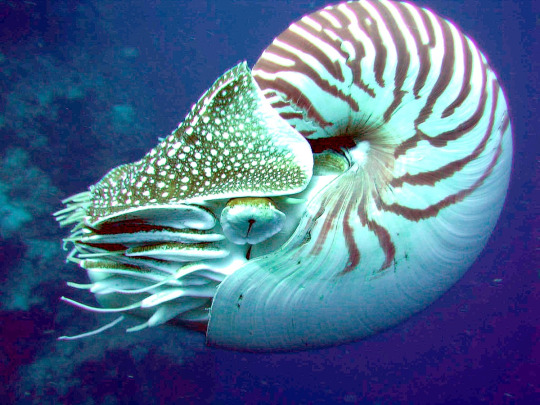
4) Cuban Painted Snail (Polymita picta)

5) Scallops (Pectinidae)
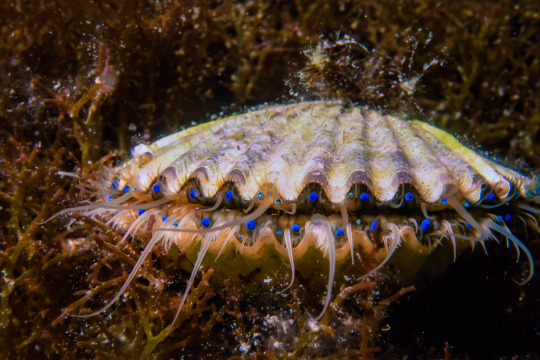
Images: 1 | 2 | 3 | 4 | 5
37 notes
·
View notes
Photo
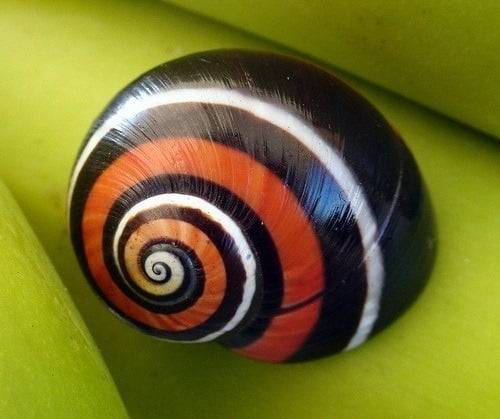
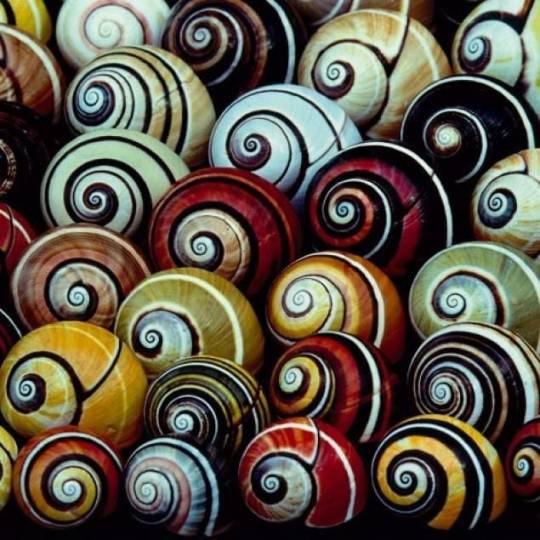
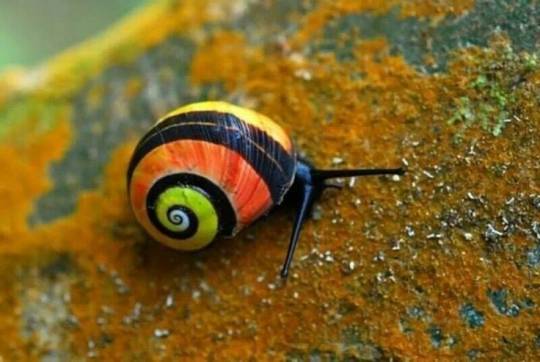
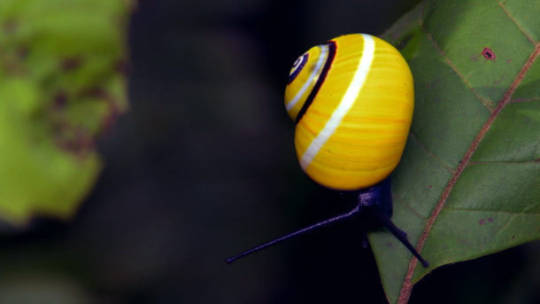

Beautifully designed by nature Cuban Land Snails (Polimita picta).
Polymita picta is a species of large, air-breathing land snail. Shells of Polymita picta can reach a length of about 20 millimeters (0.79 in). These large shells are shiny and very brightly colored. Normally they show a bright yellow color with a white stripe, but the species is well known for its colorful shell polymorphism, with numerous color varieties. These shells are sought after by poachers and used to make jewelry and trinkets. As a result, the species has become endangered.
21 notes
·
View notes
Note
Hi am i late to the animal infodumping. A specific species of snail, polymita picta or the painted land snail or the cuban land snail, is known for its distinctive and very pretty shell coloration that's altered by environmental factors so it's possible to "read" the shells of snails to tell what's going on where it lives
YO thats so epic theyre like tree rings.......... but snails♥️
13 notes
·
View notes
Photo

Cuban Painted Snail (Polymita picta)
These stunning Cuban snails have brightly-colored shells that almost look like they were painted by someone. Their shells can come in dozens of different patterns and colors, ranging from yellow to orange to red. Sadly, their shells are also the reason why these snails are endangered. Demand for their shells by collectors and jewelry-makers leads to these snails being over-harvested. Cuban painted snails live in trees and eat moss, fungi, and lichen. They live for a little over a year. Etsy | DeviantArt | Instagram
1K notes
·
View notes
Photo

Cuban Painted Snail (Polymita picta)
Photo © Adrián González Guillén
3 notes
·
View notes
Link
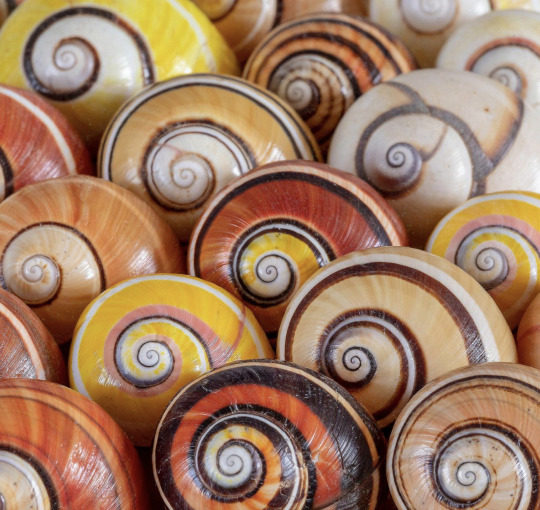
A collection of Cuban painted snails (Polymita picta) adds vibrant color to biologist Bernado Reyes-Tur's laboratory at the University of Oriente, Santiago de Cuba. All six species of the snails, which live only along the country's eastern coastline, are critically endangered. PHOTOGRAPH BY BRUNO D'AMICIS
Excerpt from this story from National Geographic:
THEIR SHELLS COME in a wide variety of colors: pastel yellow and pink, brick red and black, pearly white and ochre. Regardless of hue, the markings of the six species of Cuban painted snails, as they’re known, accentuate the whorled shape of their grape-size shells, which swirl in upon themselves. You can get lost gazing at these marvels of nature, as if you’re peering down a whimsically colored staircase that spirals on forever.
Cuba is home to the world’s greatest diversity of snails, but no others have shells with such a range of colors and complex patterns. Painted snails, in the genus Polymita, have long been sought by collectors, who sell the shells to tourists or trade them abroad to the United States and Europe. This demand is one reason why Cuba lists all six species as critically endangered, and why it’s been illegal for more than a decade to take these snails from the wild. The Convention on International Trade in Endangered Species of Wild Fauna and Flora (CITES), which regulates global commerce in wildlife, has banned their trade since 2017.
“For their striking aspect…these snails are considered the most beautiful on the planet,” says photographer Bruno D’Amicis. Their allure drew him from his hometown in Italy to Cuba in 2019 to make portraits of the snails and profile the small band of researchers and conservationists who are working to understand and protect them. By showing the snails in all their glory, D’Amicis hopes to spread awareness about the perils they face—not only illegal collecting but also land clearing, predation by invasive species, and climate change—and to spur efforts to secure their future.
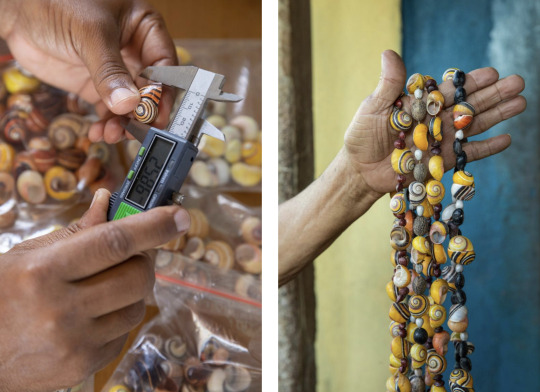
Left: Bernardo Reyes-Tur takes measurements of Polymita picta shells in his laboratory. He hopes that by learning more about the rare painted snails, it will help in efforts to protect them. Right: A woman in a town near Baracoa offers jewelry and thousands of painted snail shells for sale. Collecting the snails either for sale in Cuba or trading abroad is prohibited. PHOTOGRAPH BY BRUNO D'AMICIS
3 notes
·
View notes